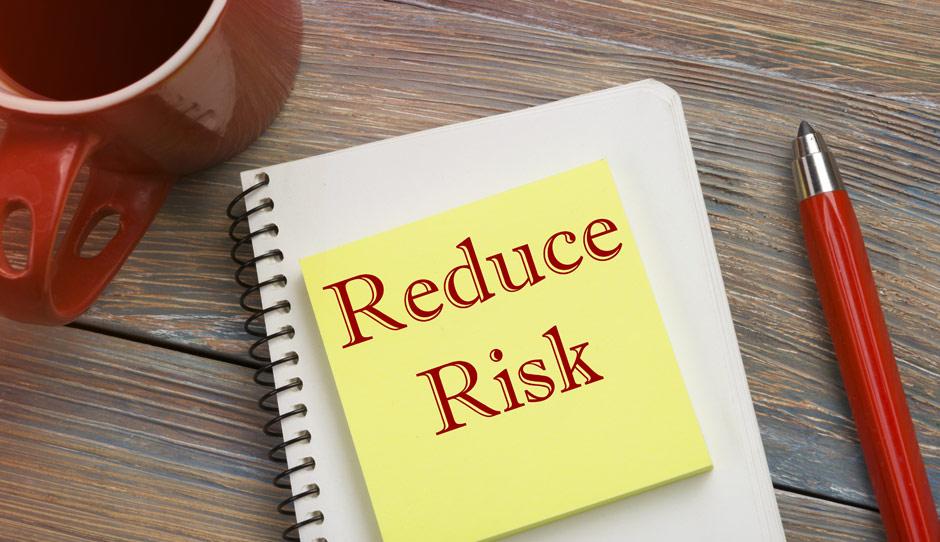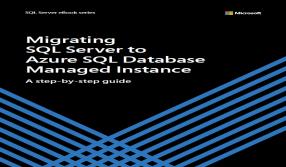10 Easy Rules to Reduce Risks on Projects
- BY MYB
 In Manage & Grow
In Manage & Grow 6595
6595 0
0

Benefit of risk management in projects is huge because the outcome of project failure is wasted funds and negative impact on the organization’s bottom-line. Discover below ten rules to help you manage project risk effectively:
1. Identify the risks early on in your project
Review the lists of possible risk sources as well as the project team’s experiences and knowledge. Communicate clearly about responsibility and deadlines.
2. Communicate about risks
Solicit inputs at team meetings to ensure that your team perceives risk management as important. Simultaneously communicate with the project sponsor or principal about the big risks to prevent surprises.
3. Consider opportunities as well as threats when assessing risks
While risks often have a negative connotation of being harmful to projects, there are also ‘opportunities’ or positive risks that may be highly beneficial to your project and organization.
4. Prioritize the risks
Some risks have a higher impact and probability than others. The number of risks you identify usually exceeds the time capacity of the project team to analyze and develop contingencies. Prioritization helps to manage those risks that have both a high impact and a high probability of occurrence.
5. Fully understand the reason and impact of the risks
Traditional problem solving often moves from problem identification to problem solution. Risk occurs at different levels. Before trying to determine how best to manage risks, the project team must identify the root causes of the identified risks.
6. Develop responses to the risks
Completing a risk response plan adds value to your project because you prevent a threat occurring or minimize the negative effects.
7. Develop the preventative measure tasks for each risk
Prevent a risk from occurring or reduce the likelihood for it to occur by converting those ideas that you had identified that would help to reduce or eliminate risk likelihood into tasks.
8. Develop the contingency plan for each risk
Should a risk occur, it’s important to have a contingency plan ready.
9. Record and register project risks
Maintaining a risk log enables you to view progress and ensures that you don’t forget about it, and acts as a communication tool to inform both your team members as well as stakeholders.
10. Track risks and their associated tasks
The daily effort of integrating risk tasks keeps your project focused on the current situation of risks and helps you stay on top of their relative importance.
Risk assessments allow you to deal with uncertain project events in a proactive manner. This allows you to deliver your project on time, within budget and with quality results.











